Description
A tabular based structure containing cells.
Tables have a header (specified via the <head> element) and a body (specified via the <body> element).
Tables are special elements in so far as a translated table has implicit column classes applied to its columns. Unlike HTML and other table designs, there are no column specification elements in a BDML table. Instead, the special CSS .bdml-colX classes (where X is a number from 1 to the number of columns in the table) can be used to style the columns, by applying CSS descendant rules such as the following to the implicit column specification classes:
#my-table .bdml-col1 { width: 20%; }
#my-table .bdml-col2 { width: 20%; }
#my-table .bdml-col3 { width: 30%; }
#my-table .bdml-col4 { width: 30%; }
When the above CSS is applied to a BDML document with a table with four columns and with identity #my-table, each column will be styled with the specified width.
Attributes
No attributes other than standard attributes are defined for <table> elements.
Immediate descendants
| Element name | Description |
|---|---|
| <head> | The header of the table. |
| <body> | The body of the table. |
Immediate ancestors
| Element name | Relation |
|---|---|
| <chapter> | The chapter element enclosing the table. |
| <section> | The section element enclosing the table. |
Example
<document xmlns="http://boradoc.org/1.0"> <chapter> <table> <head> <cell>header 1</cell> <cell>header 2</cell> </head> <body> <row> <cell>R1-C1</cell> <cell>R1-C2</cell> </row> <row> <cell>R2-C1</cell> <cell>R2-C2</cell> </row> </body> </table> </chapter> </document>
The above BDML renders to the following:
| header 1 | header 2 |
|---|---|
| R1-C1 | R1-C2 |
| R2-C1 | R2-C2 |
